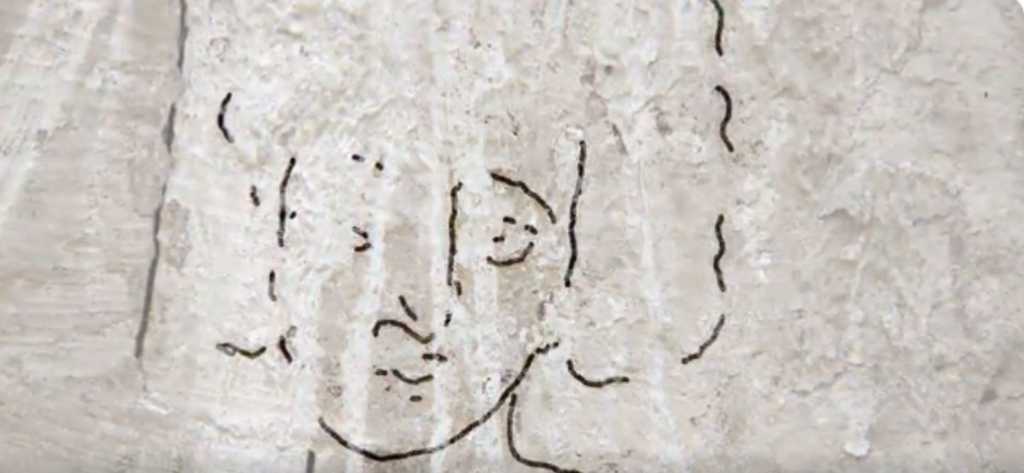Researchers in Israel have revealed what they believe to be the earliest depiction of Jesus. The faint remains of a scene portraying Christ’s baptism is thought to have been painted on the ceiling of an ancient baptistry around 1,500 years ago. Researcher Emma Maayan-Fanar was the to first set eyes on the piece, catching a glimpse of Jesus’ face after seeking some shade under part of a ruined church building located at the heart of the Negev desert.
‘I Kept Praying to Jesus’: Disabled Woman Held by Kidnappers for 10 Years Speaks Out
“Everyone describes it as like a miracle, and it was, for a moment,” she told Live Science of the moment she realized that Jesus was looking right back at her.
Clearly, the art historian was deeply moved by the whole experience, enamored by the wonder and beauty in the face of Christ.
“His face is right there,” Maayan-Fanar recalled to Haaretz of the glorious moment she locked eyes with the Lord, “[He was] looking at us.”
Though the find actually took place in February 2017, her husband’s photos have only recently been published in the journal Antiquity, titled “Christ’s face revealed at Shivta”
Dror Maayan was the photographer for the Israeli academic team working in the ruined city of Shivta at the time of the discovery. When he got a call from his wife, he rushed to the scene and snapped some stunning photos. You can see the shots here.
The Face of Christ from the 6th century was discovered on the apse of the Baptistery, next to the North Church in Shivta. pic.twitter.com/qyxckWroT3
— Maayan Dror Image (@DrorMaayan) November 18, 2018
In the heavily-eroded painting, Jesus can be seen depicted with distinctly short hair.
More from Live Science:
The iconography of Christ with short hair was common throughout the east of the Byzantine Empire, Maayan-Fanar explained, especially in Egypt and the Syria-Palestine region. But it was eventually displaced by Byzantine images of Christ with long hair, which remains a common portrayal today.
Christ was also shown as a very young man, she said, because his baptism in the Jordan symbolized a “new birth.” For the same reason, the painting shows a larger figure of John the Baptist, who is said to have presided at Christ’s baptism, according to the Christian Gospels.
In their study of the baptistery painting, Maayan-Fanar and her colleagues describe the portrait of Christ as that of a youth with “short curly hair, a prolonged face, large eyes and an elongated nose.” It represents a sixth-century convention of Christ’s appearance, rather than his actual appearance, which is not described in the Gospels: “It would be wonderful, but how would we know?” she said.
According to the journal article, the wall painting “belongs to the iconographic scheme of a short-haired Christ, which was especially widespread in Egypt and Syro-Palestine, but gone from later Byzantine art.”
It noted that Christ’s “depiction as a youth” equated “to the symbolic notion of baptism as a rebirth.”



